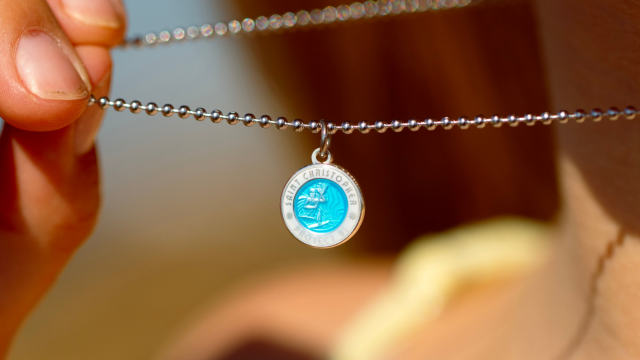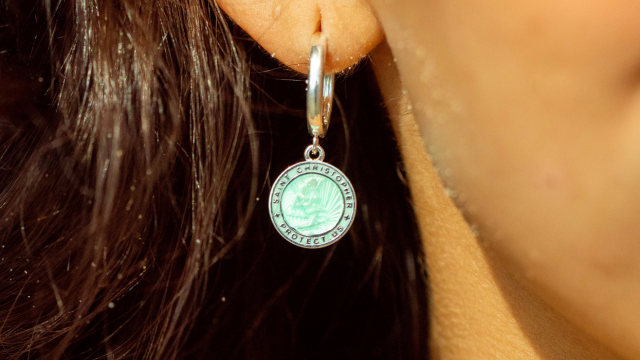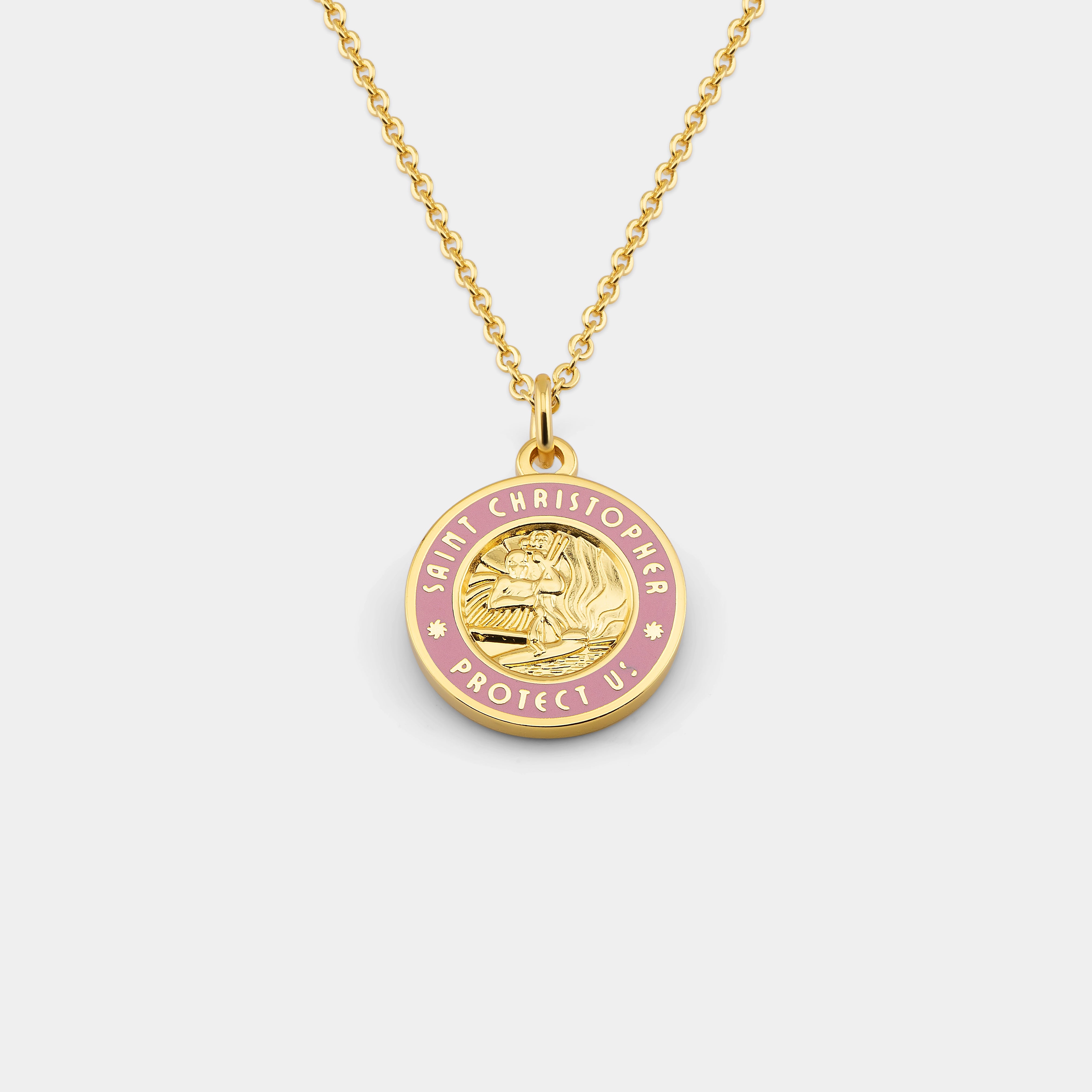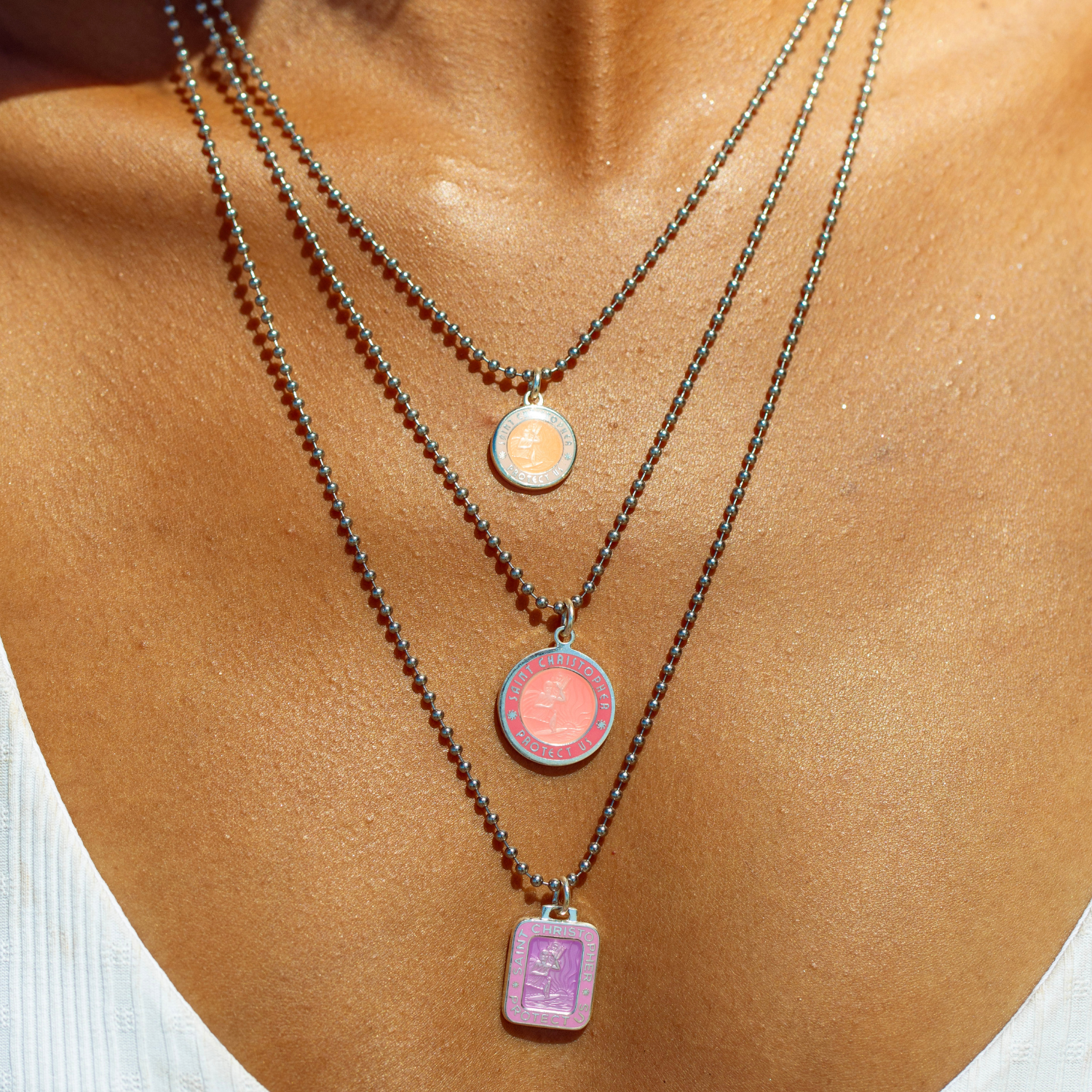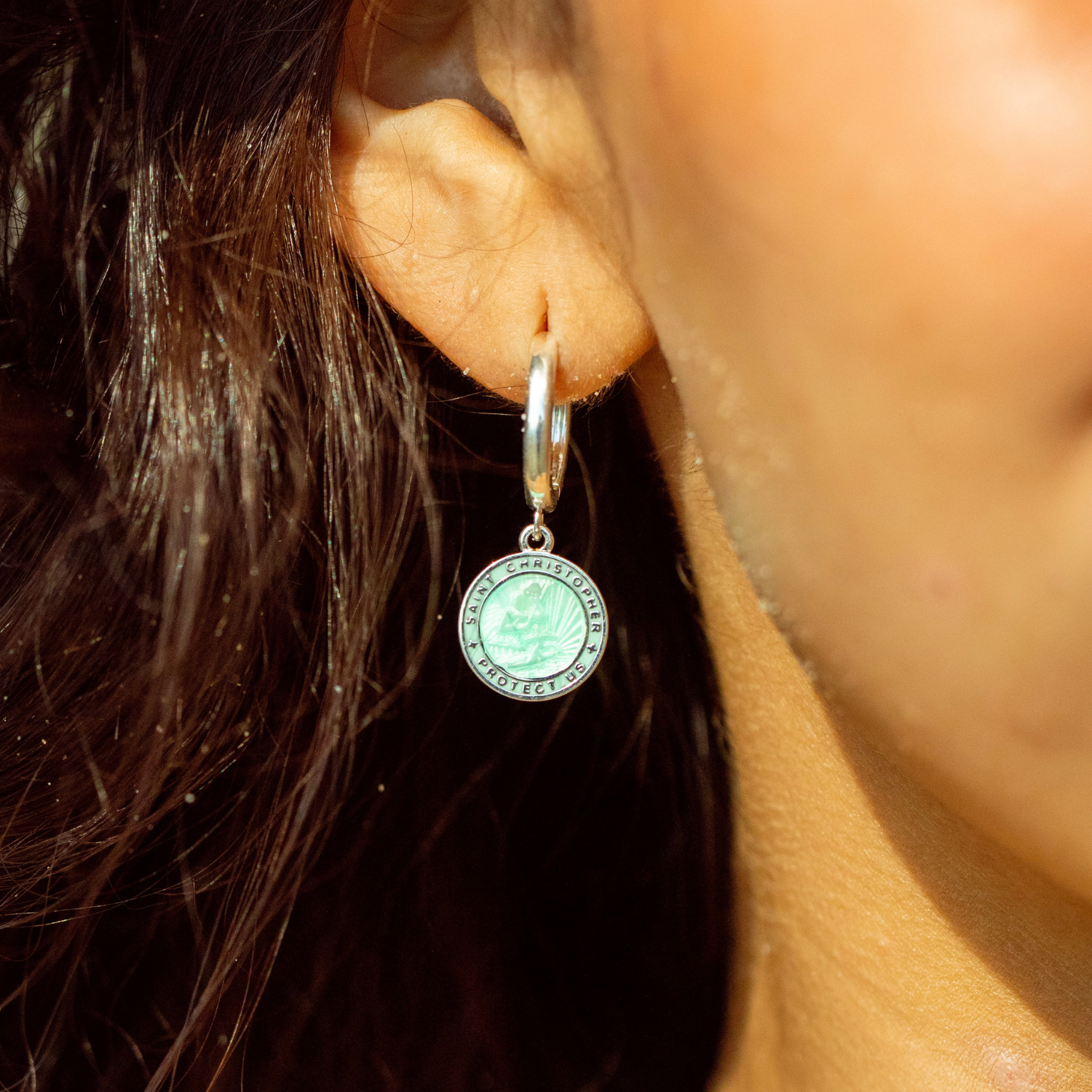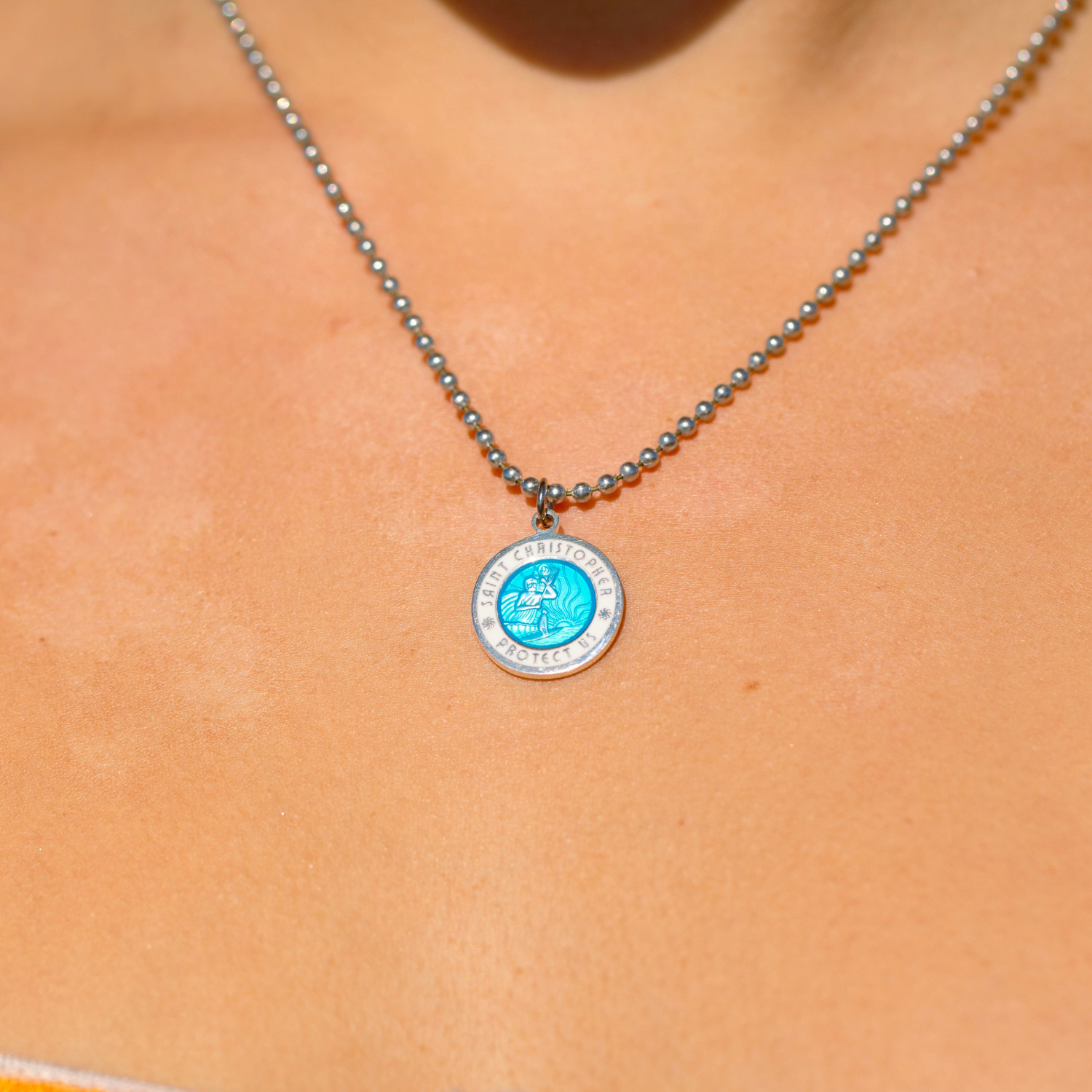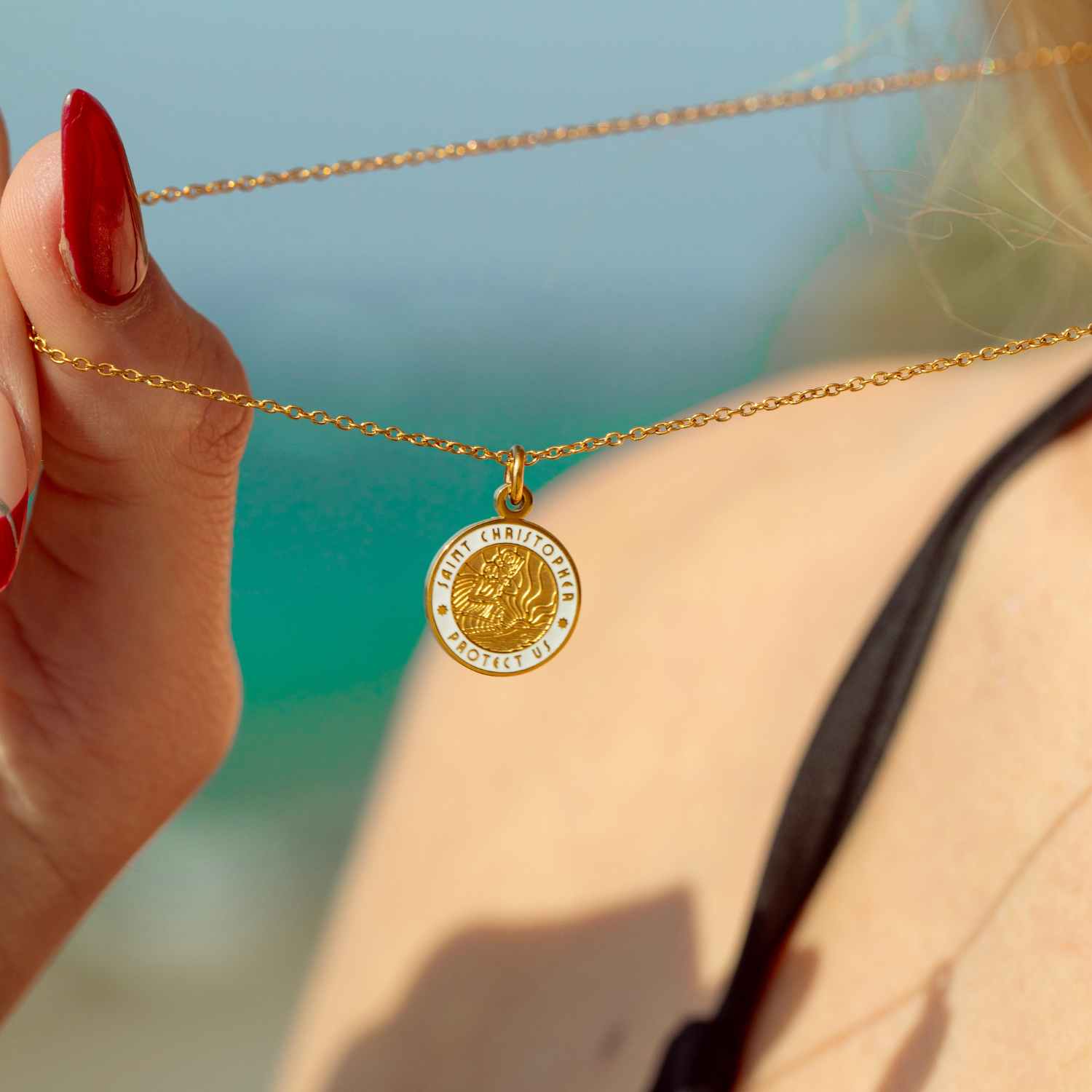
Financially, your twenties are tough. Chances are you’re just starting out on your own. Even if you found the perfect living situation and landed a new job, there’s a good chance you’re stuck with thousands of dollars of student debt payments knocking at your front door. The amount of debt our generation has, paired with low entry-level salaries and rent prices through the roof, make living paycheck to paycheck pretty much the new norm. However, with the rise of the internet and the invention of the smartphone, the world is now literally accessible at our fingertips. Let’s be honest - it gives most of us a pretty serious case of wanderlust.
Being inundated by images of far away places every time you open Instagram can it make it hard to put your passion for travel on the backburner - especially if you spent your college years abroad. Whether you want to take a cross country road trip, fly around the world, or simply save enough to make it to your college roommate’s wedding, here are 6 tricks to help you afford travel in your twenties.
To make it even more manageable, let’s break it down into two sections - finances and lifestyle:
FINANCES

1) Set a realistic budget
The best way to do this is to take a look back at your bank statement for the past three months. Separate all of your spending into different categories and write down how much you spend in each. This gives you a realistic picture of what you spend monthly on things like gas, groceries, eating out, rent, utilities, etc.
Next, add up each category and divide by three - this will give you an average amount off of which you can base your realistic budget.
Don’t have access to your bank records or maybe you spend money primarily in cash? Instead of looking back at previous months, spend one month tracking your spending instead. Save all of your receipts, write it down in your planner whenever you make a purchase, or even track it online via an excel spreadsheet like the ones from smartsheet.com.
Last, take a look at how much money you have coming in with each paycheck. Are you spending more than you’re bringing in? If so, look for areas that you can cut back. Maybe biking to work is an option- that eliminates the need for a large gas budget! For a lot of people, the easiest thing to cut back spending on is eating out. More on that later.
2) Make SMART financial goals
SMART stands for specific, measurable, achievable, realistic, and time bound. Have a trip coming up in the next year that you need to set aside money for? Be specific. Don’t just try to put money away into a vacation fund for a rainy day - make sure your money is going to something that you’re actually planning on doing. Next, make sure it’s a measurable amount. An easy way to do this is to set up an automatic direct deposit once or twice per month. That ensures that the money you say you’re going to put away actually ends up in a savings account. However, it has to be a manageable amount - something you can actually achieve in a given amount of time. Taking $500 out of each paycheck for a each month for a trip coming up in two months isn’t achievable for most people.
As with most things in life, there’s definitely an app for that. Give Qapital a try - it’s a savings app from Wells Fargo. It allows you to break all of your savings down into individual goals that you can assign names, deadlines, and even pictures to. Through the app you can schedule automatic deposits, set “Rules” (like rounding up every purchase to the nearest dollar), and track how close you are to meeting your goals.
Next, is your goal realistic? Is it really reasonable for you to take a trip around the world when you can only save $50 each month? Lastly, make sure your goal has an end date. Something abstract that you’re working towards over an unspecified amount of time generally means it won’t hold priority in your budget. Set a date, and make it happen.
But what if you’re already on your way to your next trip? Check out these tips from The Budget Minded Traveler to save you money once your trip is set in stone.
Phew. Take a breath. That’s a lot of information to process.
If you’re still struggling, check out this PDF version that explains each part of the acronym in depth. It even includes a PDF worksheet for you to fill out with your SMART goal. Hang it somewhere you’ll see it every day as a reminder of what you’re working towards.
3) Get a credit card card with a major airline
Credit cards with major airlines offer some serious benefits for first time card users. Delta currently offers up to 60,000 free flyer miles for spending $3,000 within the first 6 months of card ownership. That’s essentially a free flight to anywhere in the US. In addition to this, if you end up booking a flight on Delta within the first 3 months of having your card, they’ll give you a $50 statement credit. Literally $50 free dollars and a free flight, just for spending money on things you already would be purchasing like gas, groceries, and your friday night pizza binges. Delta isn’t the only one either - American Airlines, Southwest, Hawaiian, and others offer similar deals to entice first time card users. Many of them also include perks such as priority boarding and a free checked bag. Another way to get the best deals on flights is to track price trends - pick the airline you got the credit card with and track the trends with flight apps like Skyscanner to get the best deals. (ps. Skyscanners Instagram will literally make you want to drop what you’re doing and book your next flight.)
LIFESTYLE

4) Eat in
Consider the type of meal you usually purchase when eating out - what are the major ingredients? Let’s say you get pizza quite frequently (and the Domino’s delivery man knows you by name). Dough, tomato sauce, cheese, and any other toppings - add up the cost of each of the ingredients you use and chances are it’ll come out to be a fraction of what you’d spend on your weekly indulgence (garlic butter crust included). Save yourself the cash, and while you’re at it- put the money you would be spending on takeout into the fund you started for your next trip. Still don’t know a saucepan from a frying pan? Broke Ass Gourmet will get you started with simple, cheap, quick, and easy to follow recipes (with pictures!!!).
5) Be frugal and buy used
Do you really need that brand new pair of $80 jeans or will a used pair that fit the same from a thrift store cut it? Instead of spending $40 on a new set of Pyrex from Target, scope out the local Salvation Army instead. Not only are taking steps like these going to save you a ton of money, but you’ll end up with a unique wardrobe or kitchen setup that no one else has.

6) Live below your means
This step goes hand-in-hand with being frugal, but essentially what this comes down to is spending less than you can afford. This applies to everything from rent to grocery shopping. While that new apartment building in the perfect location might have all the granite countertops and soft close doors you could dream of, is it really worth it to stretch you budget to the max each month? Opt instead for a cheaper place down the road with roommates to split the costs of utilities.
Taking these steps can not only help you afford to travel in your twenties, but they also have the potential to help you get a better hold on your finances as a whole. Happy travels, and as always, make sure to pack your St. Christopher necklace for a safe journey. Travel on!
Written by Molly Street (@molly_street)


